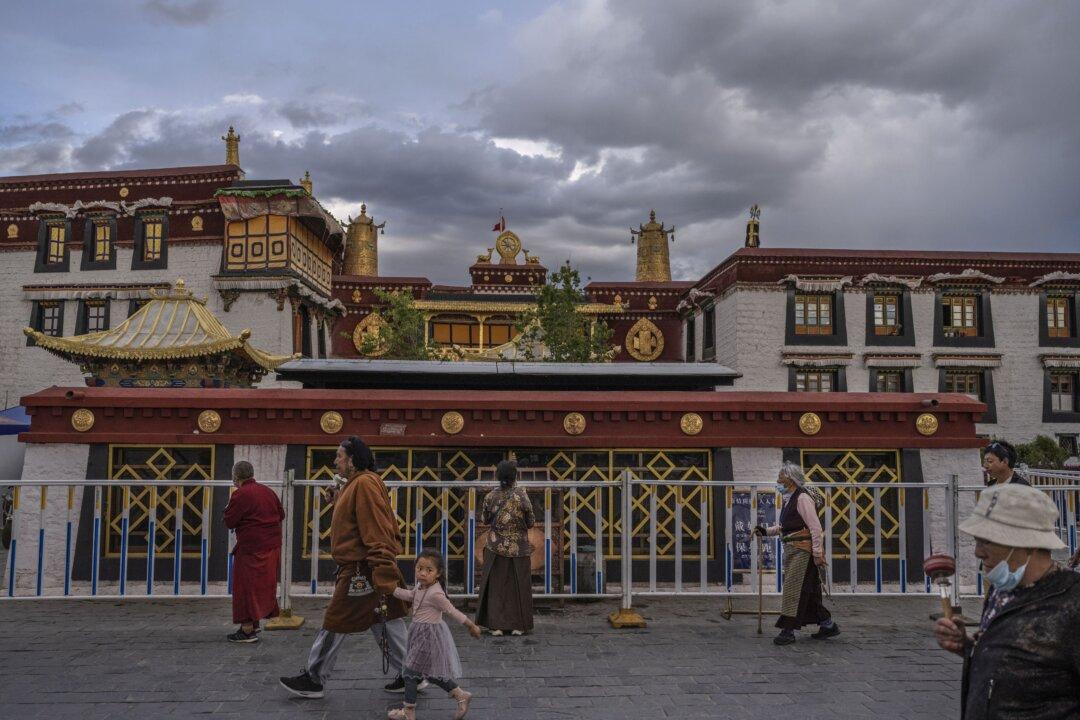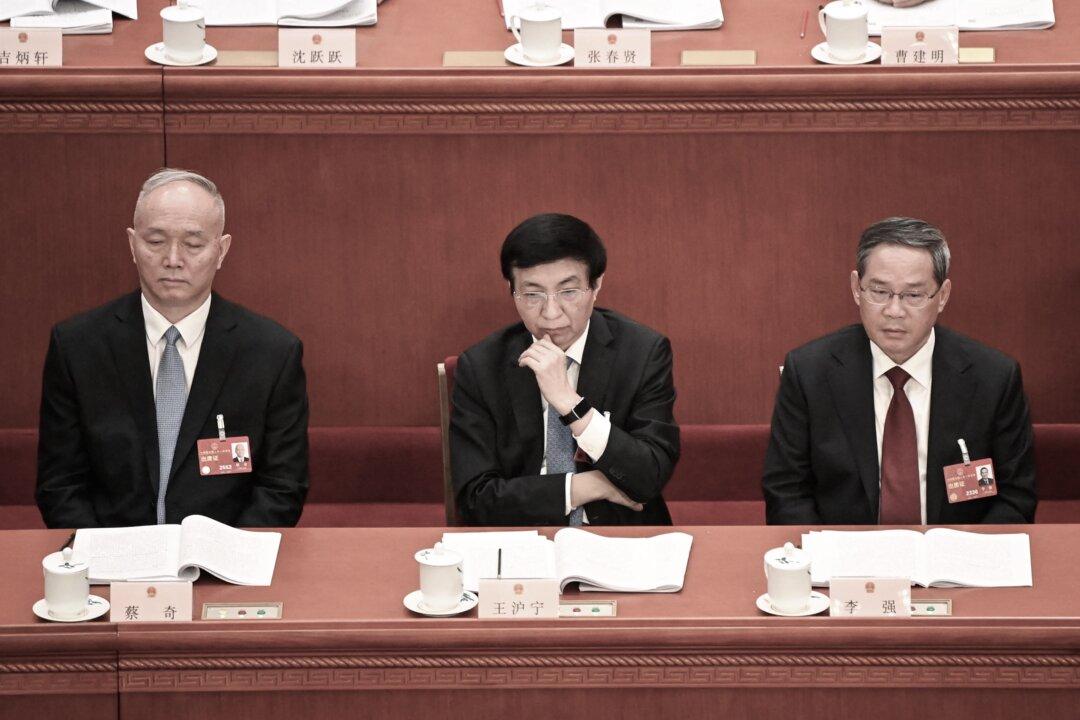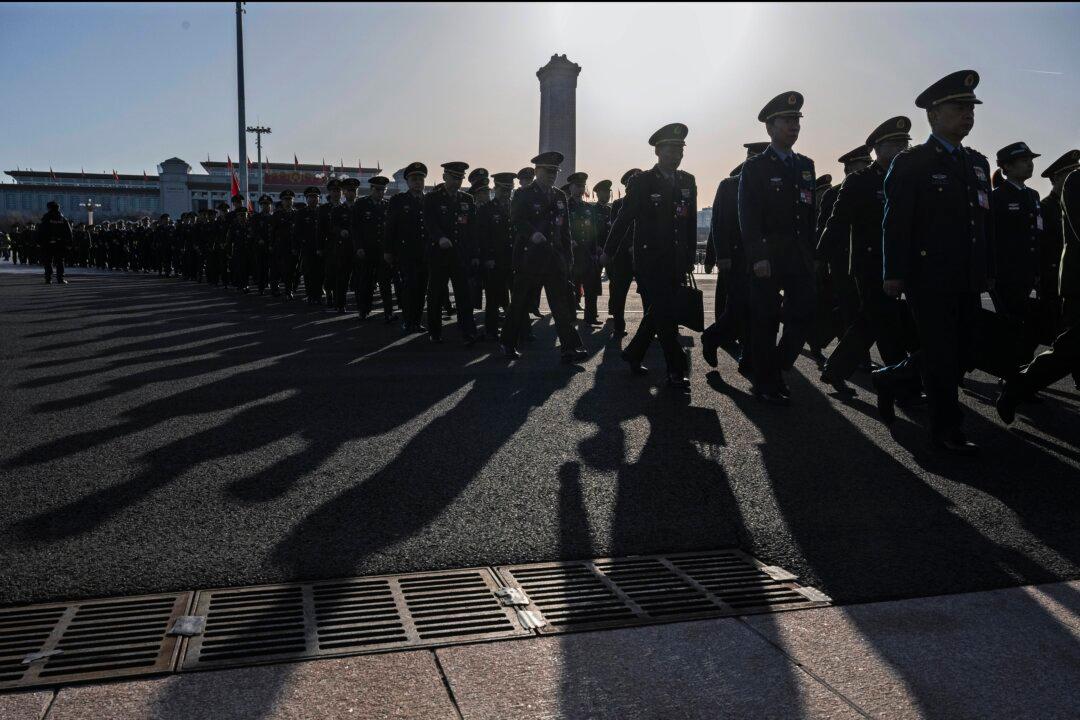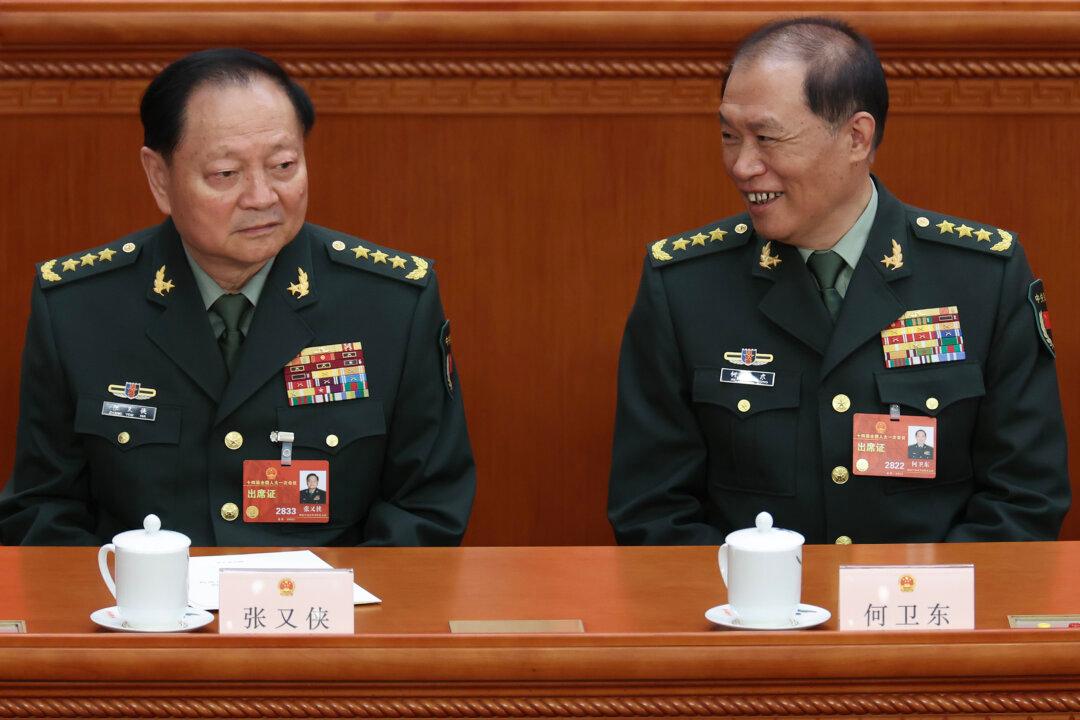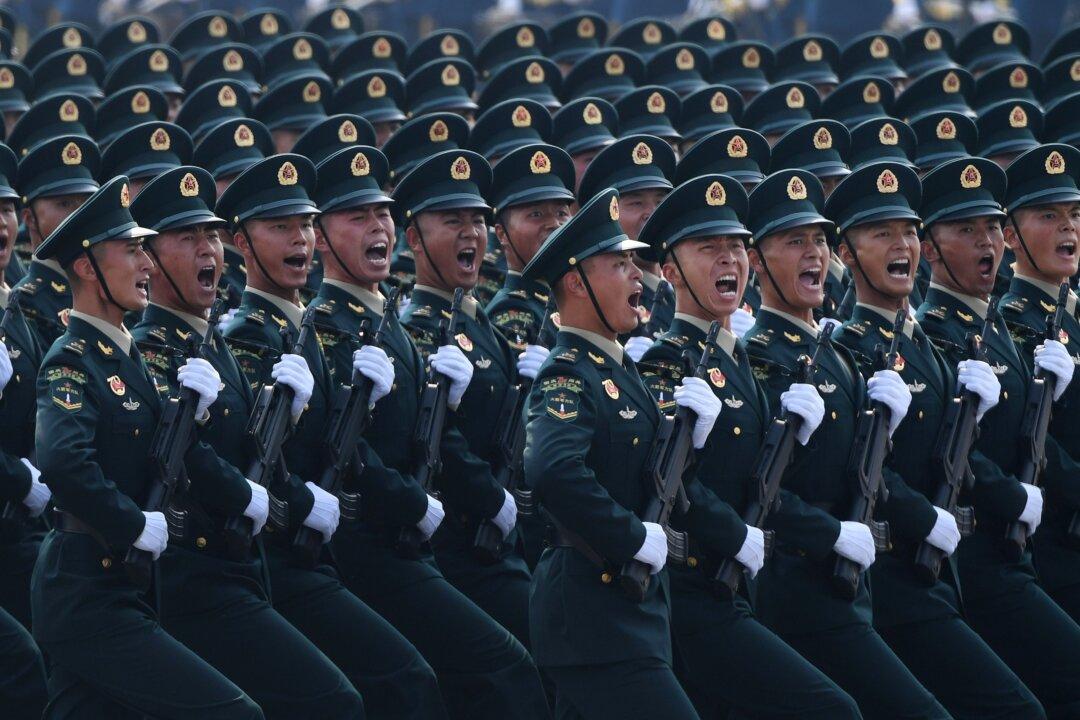On the 70th anniversary of the Chinese Communist Party’s (CCP’s) takeover of Tibet, Chinese leader Xi Jinping visited the region and inspected a railroad project that has a strategic importance in “maintaining stability” along the Sino-Indian border.
Xi visited Nyingchi (also known as Linzhi) and the capital Lhasa from July 21 to 23, according to state-run media Xinhua. Nyingchi, a prefecture-level city that has a strategic location, borders Arunachal Pradesh of India.
